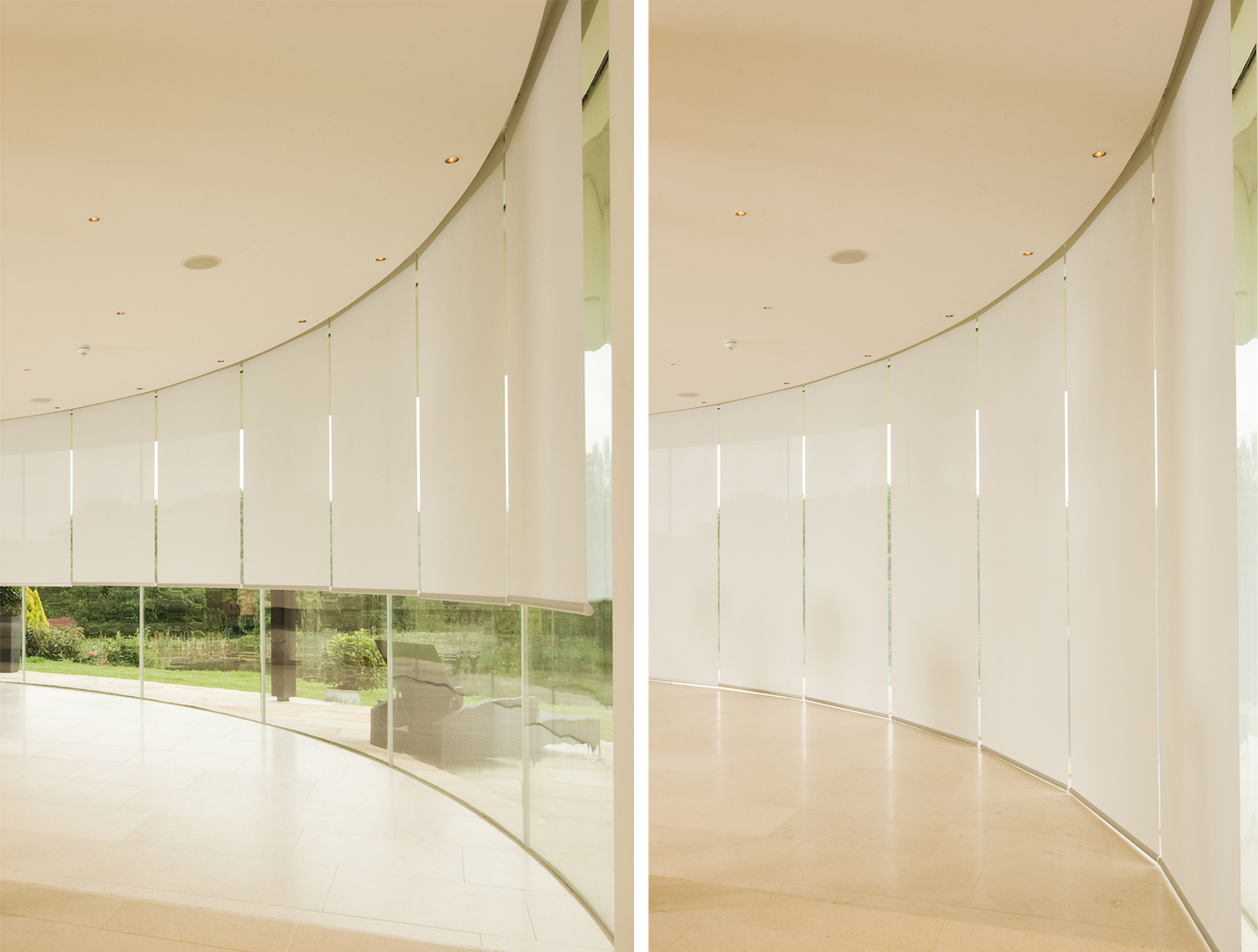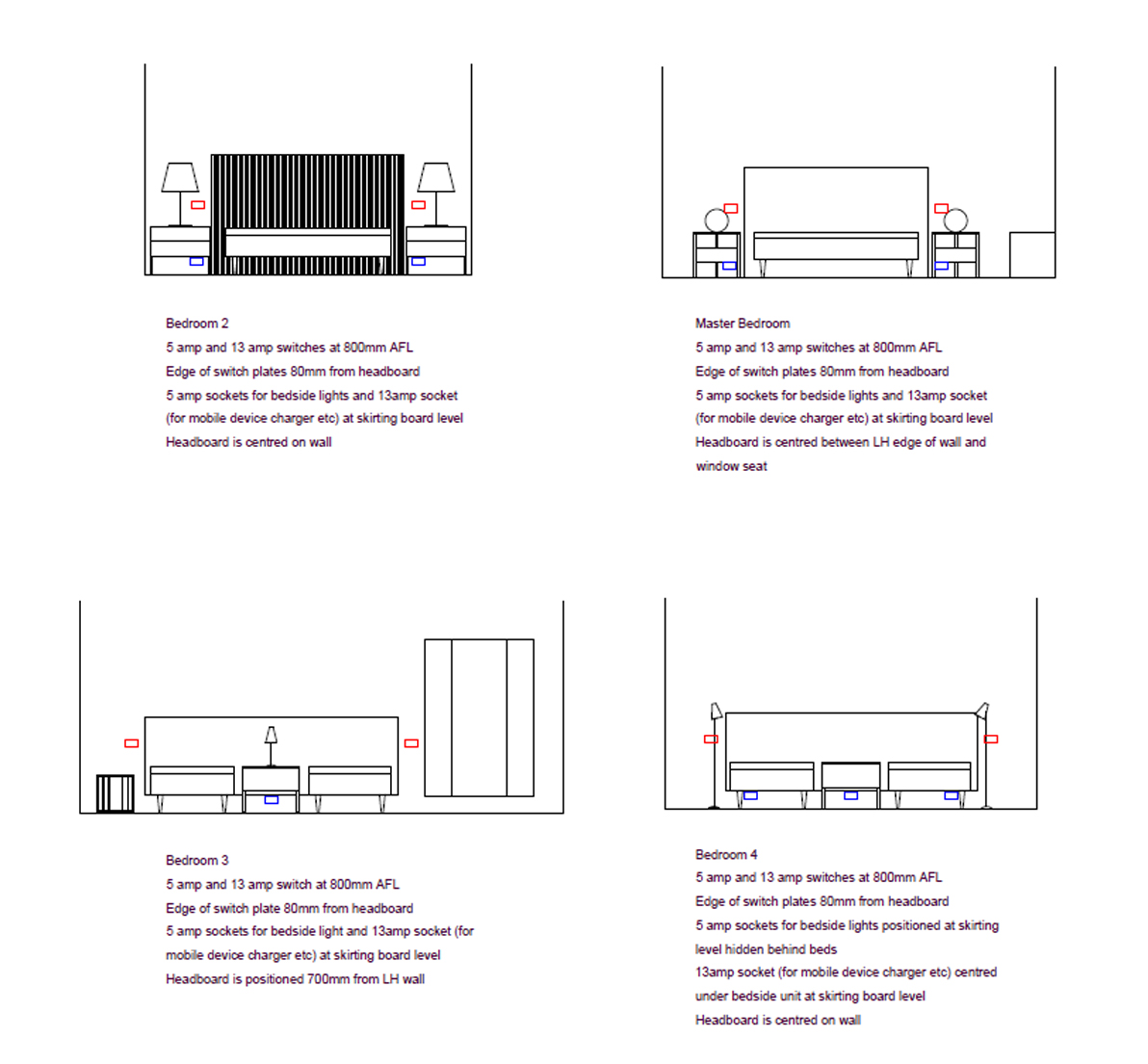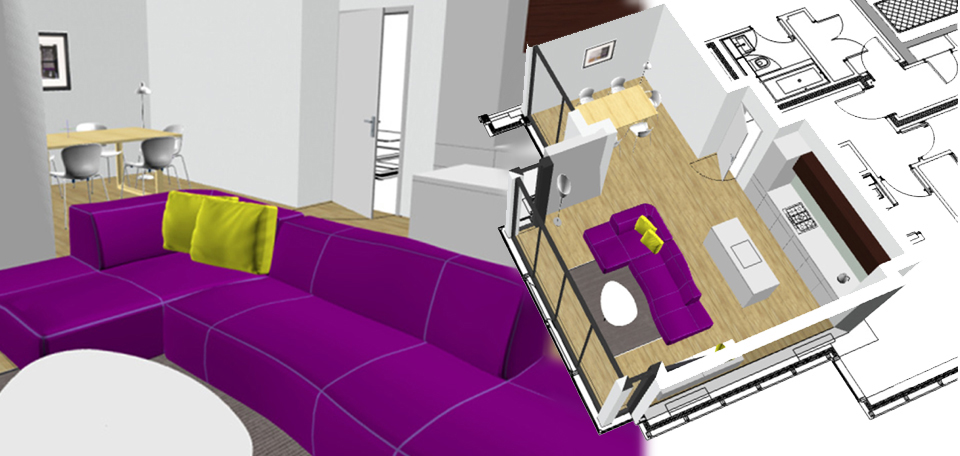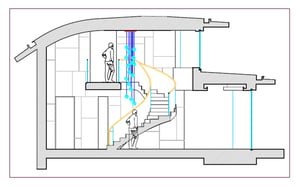It’s one of the first things people think about when considering building their own home, and with good reason too. What will it look like inside?
As easy as it is to think about, actually deciding on how to furnish your new Self-build can be quite difficult if you’ve never had a house customised to your lifestyle before.
We thought it would benefit prospective Self Builders to learn a bit more about interior design, so we asked for some expert tips from Erin Murtagh, of Edinburgh-based Tangram Furnishers.
Tangram are leading experts in interior design and offer a vast range of premium furniture, rugs, blinds and lighting.

WHEN IS THE BEST TIME TO THINK ABOUT THE INTERIOR DESIGN, AND WHAT ASPECTS DO YOU THINK ARE THE MOST IMPORTANT TO CONSIDER?
We always recommend considering the interior as soon as possible! You’re probably thinking ‘well, they would say that’… however, there are a few aspects in particular that should be considered early on in a project.
Say, for example, when the build is complete a client decides that they’d like a sideboard in a specific place but there’s a radiator in the way. If furniture is considered and loosely plotted at the design stage, clients can avoid such conflicts.
Another aspect that is often overlooked is plug sockets. Once the build is complete, clients may decide that they would like lamps in certain places, but realise that there aren’t sockets in the necessary positions.
It seems like a small thing to consider in relation to the huge undertaking of a Self Build, but when it comes to the completion stage and you’re living in your new home it can make a big difference! So knowing roughly where lamps will be positioned is useful early on in the design phase.
Window dressing is often the most important element of interior design that should be considered very early on in a self-build. If clients intend on having curtains – is there space to stack them? And with blinds – where will they be located, how will they be operated and is there space for recesses at the head of the windows?
Contemporary architecture displays a preference for large expanses of glass, particularly large gable shaped windows which can be extremely difficult to dress.
If we work with the clients and architect at the design stage we can help ensure that the design best matches the desired window dressing solutions.

WHAT ARE YOUR MOST POPULAR PRODUCTS, AND WHAT SORT OF LEAD TIMES COULD CLIENTS EXPECT?
We have an extensive portfolio of products and the vast majority are tailored to the client; whether that be the fabric on a sofa or the diameter and drop for a feature lighting piece – so it’s difficult to pinpoint particular products.
Lead times vary dependent on the product, but generally speaking we estimate an 8 week lead time for furniture, and 4 weeks for lighting.
HOW IS THE SELF BUILDERS INSPIRATION BEST COMMUNICATED TO THE ARCHITECT/INTERIOR DESIGNER?
To get an idea of what the client is looking for, we’ll usually arrange a meeting at the showroom, at the architect’s offices, or go on site – dependent on the stage of the build.
Sometimes clients don’t have a clear interior design concept in mind. We pride ourselves on having the experience and knowledge to ask the right questions, understand likes and dislikes, and then develop a variety of different schemes and product options.
Other clients have a lot of ideas, or very particular requirements. We’ve had clients in the past who’ve brought their own mood boards to the showroom! In which case, we work hard to source the right products that create the client’s desired look.
Nowadays some clients create digital and interactive mood boards using Pinterest! This is a great way to communicate the intended aesthetic and can be a real time-saver.

WHAT SORT OF SERVICE COULD TANGRAM OFFER SELF BUILD CLIENTS, AND IN WHAT WAYS COULD YOU WORK WITH SELF BUILD ARCHITECTS?
Our involvement ranges from a single product to an entire interior. Whether a client is looking for us to supply a desk lamp, or they would like to work together on the entire home interior, we’re more than happy to assist.
Often clients come to us initially for the supply of product or blind specification, and this evolves into a bigger role of further product supply – or comprehensive interior design. There’s no design commitment required at the outset, advice is free!
In terms of our work with the architect, that all depends on their desired involvement in the interior. Architects often have a huge workload early on in a project and prefer to stay on the sidelines when it comes to the softer side of interiors such as furniture, rugs etc.
In this case, we keep in contact periodically with regards to build progress, and installation dates, while developing an interior scheme with the client. Some architects are more involved in the interior of their projects and in these cases we work with both the architect and the client.
One key aspect, on which we work particularly closely with architects, is window dressing. As mentioned above, if clients want windows to be dressed – whether that’s for privacy or screening light – it’s beneficial for us to liaise with architects to ensure that the building design can accommodate the required blind or track.
In summary, early conversation on the overall plan for the interior design is key. Even if it’s having a rough idea, this can help to ensure that the final building succeeds in delivering a home that satisfies both the aesthetic and living functions of the client’s Self Build home.

We’d like to thank Erin and Tangram for their time and contribution to ACA’s blog for this week. We are constantly looking to widen your knowledge of the whole Self Build process, so if you would like more information about the interior design services Tangram offer, click here for their website.
If you have any questions for us at AC Architects, get in touch via the comments below!



